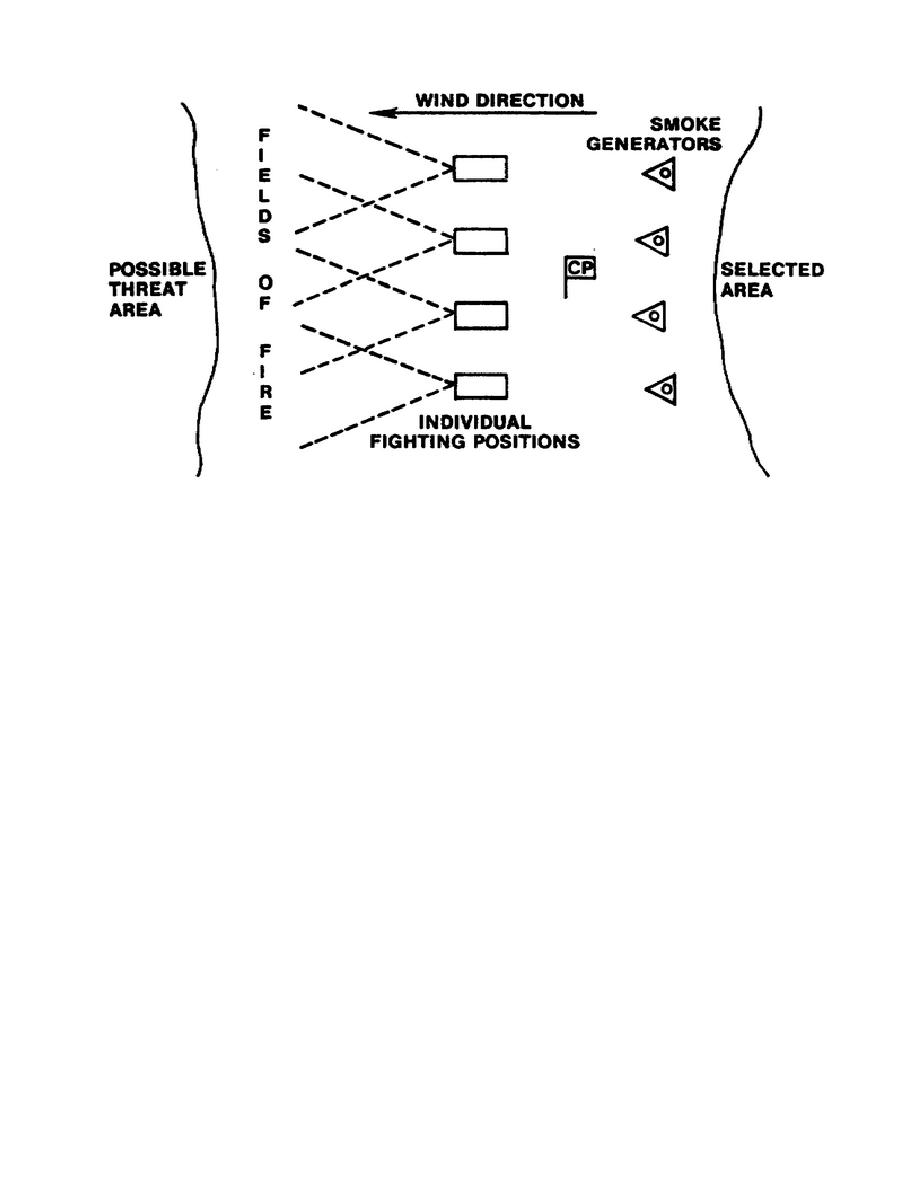
Figure 13. Smoke squad position diagram.
MECHANIZED SMOKE PLATOON TACTICS AND TECHNIQUES
The M1059 system gives heavy divisions an increased capability to employ large-area smoke in places where
it was previously impractical to place generators. This includes forward deployment with maneuver forces.
Mechanized smoke platoon techniques are based on mission, enemy, terrain, troops, and time available (METT-
T) and climatic conditions (winds). Use of indirect smoke fires and smoke pots should be integrated in smoke
planning when employing the smoke platoon.
The techniques described are essentially drills the platoon and squads should execute. Train the techniques
repeatedly so that each element of the platoon can perform the techniques correctly, enabling the smoke unit to
place smoke on target on time. Repeated training of the techniques will also enhance safety.
Limitations
Although the M1059 system provides increased capability to support combined arms operations, it also has
limitations. All generated smoke is subject to terrain and weather. Once generated smoke enters the atmosphere,
it all acts the same. There is a streamer and a build-up phase. Wind speed and direction dictate placement of
generators. Atmospheric conditions still impact on cloud length and duration. The new ability to make smoke on
the move is also subject to these same factors.
Smoke rooster tail. High-speed, smoke-on-the-move operations across open terrain are easily detected and
engaged by enemy gunners. When M1059s smoke on-the-move and are moving faster than the ground wind
speed, a vacuum at the
36



 Previous Page
Previous Page
